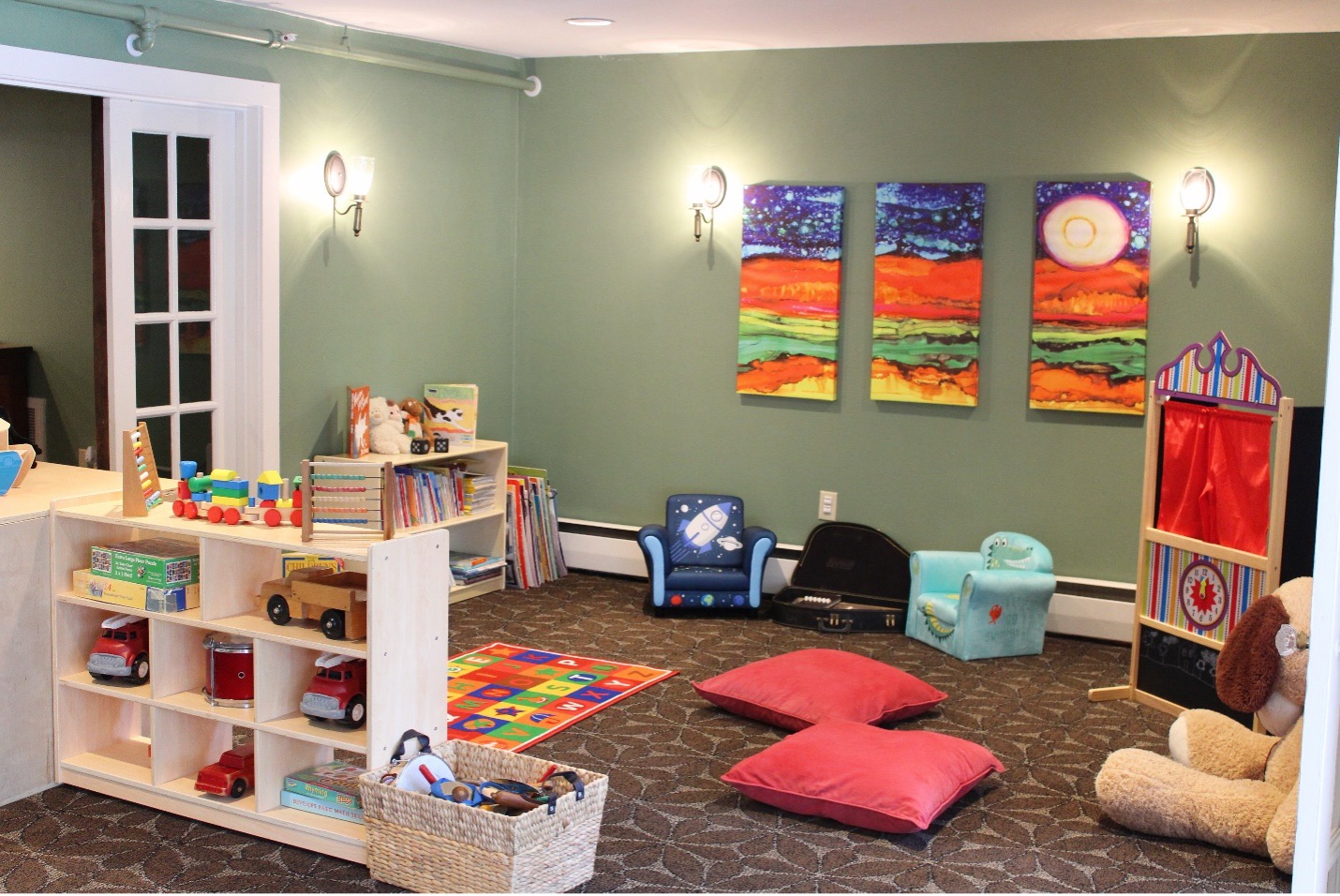
August 7th Montpelier Event Features Ecovation Hub Mass Timber Project
August 5, 2018
On Tuesday August 7th Bob Stevens will be presenting “Drilling Down on Design & Cost” at the Pavilion Auditorium in Montpelier, a study examining the increased use of mass timber based on the Windham Windsor Housing Trust Flat Street project in Brattleboro. The use of structural wood componenets for commercial and urban construction is a an exciting and growing area of green building, expanding potential uses for the region’s forestry products as demand grows for sustainable buildings that use less concrete and steel. This event is free but registration in advance is requested.
Stevens & Associates, the Brattleboro Engineering and Design Firm, developed the study, working with a team convened by the Vermont Mass Timber Network with funding from the Vermont Sustainable Jobs Fund. The project took shape over several months in the winter of 2017-2018 with group of local, regional and state partners who wanted to look at ways to increase the use of local, sustainable wood products in commercial building projects. This initiative stemmed from the convening of a Vermont Sustainable Jobs Fund (VSJF) Mass Timber Action Team. The study used a planned project as the baseline study from which to build a comparison scenario. It engaged the project team’s consortium of engineers, designers, and builders. The study also included Ecovation Hub representatives, and green building experts from Stevens & Associates, BuildingGreen, Unity Homes and PreCraft.
The report highlights the labor and material cost differences, technical and design adaptations, in a side by side comparison of the existing building plan versus an alternative with increased use of mass timber and wood components. To disseminate the report findings, Tomaselli of Stevens & Associates spoke at the first annual Vermont Forest Industry Summit. She outlined potential uses of mass timber and the costs and benefits associated with building with a range of wood products from framing to manufactured components like “CLT” or Cross-Laminated-Timber.
Mass Timber, Drilling Down on Design and Cost
Tue, August 7, 2018
9:00 AM – 12:00 PM EDT
The Pavilion, Montpelier, Vermont
Ricky McLain of WoodWorks will also be giving an overview of design considerations for mass timber, as well as regional examples of mass timber projects underway and code changes for architects or developers to be aware of. (CEUs are available).
More on the Stevens & Associates Flat Street Study Findings
The study was commissioned to understand if there are opportunities for the industry to utilize locally grown wood. Stevens & Associates, the project engineers, worked to create the feasibility study and a report which benchmarks costs of a traditional building against a scheme with increased use of wood. In addition to potentially increasing markets for locally sourced lumber and wood products, commercial building with wood can reduce the use of materials with high environmental impact including concrete, steel, and masonry. The study examined the practicality of mass timber as a substitute for locally conventional building materials and endeavored to develop an understanding of the associated design requirements, schedule implications, and costs.
While the final analysis determined the enhanced wood use alternative would be more expensive than a project completed with a traditional approach, but not substantially more: The final cost estimates were within ten percent of each other. One of the main takeaways of the project was the number of economic benefits that would result from increased capital expenditure from a building project directed towards local producers and products. Rather than spending large portions of project funds on imported materials, a wood focused or mass timber project can represent a green investment that also supports jobs in the region which can represent hundreds of thousands of dollars supporting local companies and workers. The study’s authors hope this can be used as a benchmark for future projects, illustrating some of the costs, but also the benefits that come along with using wood and local materials.
The report presents a future approach that is more sustainable for both the southern Vermont economy and the environment by exploring a scenario that reduces use of imported building materials, and increases the use of renewable and local products. The study generated ideas about the environmental advantages using of wood for commercial scale projects including multifamily and multi-story housing and downtown buildings. The construction industry accounts for about 40% of global energy use, with production of materials being a significant contributor to that number; cement production alone is responsible for 3% of CO2 emissions that can be attributed to humans. While it is still in its infancy as a building process, substituting timber and other wood has been shown by one study to decrease the greenhouse gas emissions from a construction project by 14-31%.
Data cited from the following source: Crawford, Robert H., and Xavier Cadorel. “A Framework for Assessing the Environmental Benefits of Mass Timber Construction.” Procedia Engineering, vol. 196, 22 June 2017, pp. 843–846., www.sciencedirect.com/science/article/pii/S1877705817331351.


